Sports Science and Medicine
The synergy of sports science and medicine plays integral roles in elevating athletic performance, averting injuries, and optimizing the overall well-being of athletes. Sports science encompasses various disciplines such as biomechanics, physiology, and nutrition, aiming to understand and improve the physiological aspects of sports performance. Scientists use advanced technologies to analyze movement patterns, muscle activity, and energy expenditure to tailor training programs for athletes.
In the realm of sports medicine, practitioners focus on preventing and treating injuries, promoting rehabilitation, and ensuring athletes maintain peak physical condition. This involves employing diagnostic tools like imaging and utilizing rehabilitation techniques to expedite recovery. Additionally, sports medicine professionals collaborate with athletes to address factors such as nutrition, sleep, and psychological well-being, recognizing their impact on overall athletic health.
Cutting-edge research in sports science and medicine continually informs training methodologies, injury prevention strategies, and the development of innovative technologies to enhance athlete performance. As these fields evolve, the synergy between scientific advancements and practical applications continues to shape the landscape of sports, fostering a holistic approach to athlete development and well-being.
The integration of sports science and medicine has become increasingly sophisticated, with personalized training programs and injury prevention strategies tailored to individual athletes. The holistic approach adopted by professionals in these fields not only aims to enhance performance but also prioritizes the overall health and well-being of athletes, contributing to the longevity of their careers and promoting a sustainable approach to sports participation. In essence, the synergy between sports science and medicine continues to redefine the boundaries of human athletic potential and pave the way for a healthier and more informed sporting community.
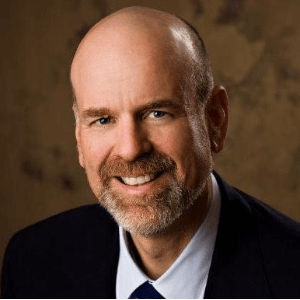
Stephen S Tower
University of Alaska Anchorage, United States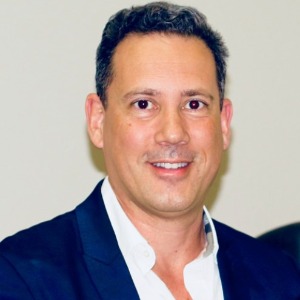
Marcos Brioschi
American Academy of Thermology, United States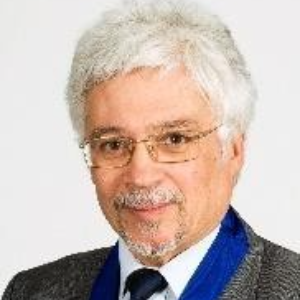
Wagih El Masri
Keele University, United Kingdom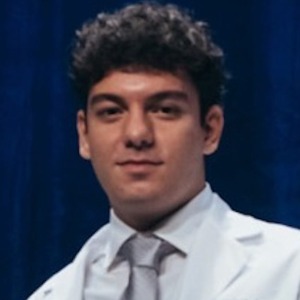
Arif Akkok
Lake Erie College of Osteopathic Medicine, United States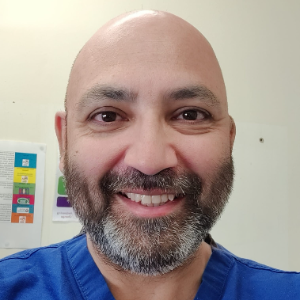
Akash Ganguly
Warrington and Halton Hospitals NHS FT, United Kingdom
Sajid Ali
The Dudley Group NHS Foundation Trust, United Kingdom




Title : The UK profemur recall and implant cobaltism
Stephen S Tower, University of Alaska Anchorage, United States
Title : The tomographic phenotype and the genotype of wormain bones
Ali Al Kaissi, National Ilizarov Medical Research Center for Traumatology and Orthopaedics, Russian Federation
Title : New treatment of muscle contracture and joint contracture through muscle regeneration with mitochondrial dynamics
Ki Ji Lee, Busan Medical University, Korea, Republic of
Title : New treatment of sarcopenia through muscle regeneration with mitochondrial dynamics
Ki Ji Lee, Busan Medical University, Korea, Republic of
Title : The prevalence and association of self-reported depression symptoms with musculoskeletal pain and quality of life among pregnant women
Youssef Masharawi, Tel Aviv University, Israel
Title : Bipolar hemiarthroplasty under local anesthesia (2%)
Ketan Karabhai Parmar, Aayush Multispecialty Hospital, India